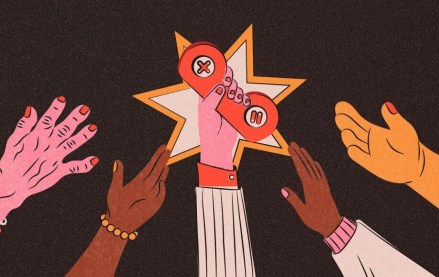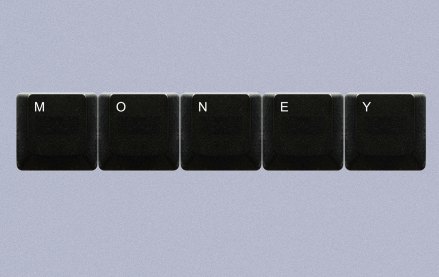
The Daily Beast’s membership product is helping mend the beating that its programmatic advertising business is taking right now.
The Daily Beast’s membership product, Beast Inside, has experienced nearly 100% growth in sign-ups when comparing the period of January 1 to March 15 versus March 16 to present, according to CRO Mia Libby. She would not share specific numbers. And those signups are yielding more revenue: The average order value on Beast Inside memberships is up 35%, she said.
Libby said that revenue from memberships — the second largest revenue stream for the Daily Beast — has increased “commensurate with subscriber growth.” She would not disclose exact revenue figures. Noteworthy, however, are the $1 one-month trials and 30% off annual membership discounts that are currently running on the site.
Some of the growth has been driven by making more of its opinion and analysis coronavirus coverage beyond the paywall — news related to public health and safety is in front of the paywall — but the biggest shift has been in its marketing, Mary Cullen, the Daily Beast’s head of membership said.
Prior to coronavirus, the messaging strategy focused on the benefits of membership. Now, it is exclusively in the vein of “support us,” a strategy the Beast has tested in the past around its Jeffrey Epstein coverage. Today, site visitors are greeted by a bottom banner with messages such as, “Essential reporting. Gloves optional. Join for $1,” or “Unprecedented times calls for unprecedented reporting. Join for $1.”
Visitors who click on a member-exclusive story can read a message explaining why it is not free to read.
The Beast changed its pricing strategy too. Normally, the Beast uses a decoy offer strategy, which places the monthly, annual and two-year membership options against each other with the goal of illustrating that the annual option is the best deal, Cullen said.
Right now, the third option is being used to market a “I want to give more” option, which offers a year’s membership, with the rest directly contributing to the site, for $100.
The “Give More” option still acts as part of the decoy, but Libby said that since launching it, average order value has increased 35%.
According to Libby, coronavirus content earns approximately only 77 cents on the dollar that non-coronavirus content delivers in terms of advertising revenue.
With 75% of the Daily Beast’s content classified as coronavirus-adjacent, naturally the publisher is going to see a decrease in programmatic advertising revenue. Overall, private and open-marketplace programmatic advertising rates are down close to 40% year over year, she said.
“By quarter three or quarter four, it will start to normalize,” she predicted.
With publishers seeing an increase in traffic pretty much across the board, Peter Figueredo, NYC head of strategy at House of Kaizen, said that right now, his client’s readers have anywhere from one to three times more propensity to subscribe, based on the number of readers who are making the conversion.
“If they are just looking at this bump for today, they’re not going to make up for lost ad dollars,” Figueredo said. Therefore, getting rid of messaging around the benefits of what members get with their money might have a negative effect in the long term where readers feel more inclined to cancel their subscriptions after the constant feed of coronavirus coverage is over.
This story has been updated to reflect that The Daily Beast’s programmatic advertising rates are down 40%. A previous version indicated that programmatic ad revenue was down 40%.
More in Media

From sidelines to spotlight: Esports events are putting creators center stage
Esports events’ embrace of content creators reflects advertisers’ changing priorities across both gaming and the wider culture. In the past, marketers viewed esports as one of the best ways to reach gamers. In 2025, brands are instead prioritizing creators in their outreach to audiences across demographics and interest areas, including gaming.

Condé Nast and Hearst strike Amazon AI licensing deals for Rufus
Condé Nast and Hearst have joined the New York Times in signing a licensing deal with Amazon for its AI-powered shopping assistant Rufus.

Media Briefing: AI payouts may be entering a new era
AI compensation is evolving — and new models, not just publisher demands, are driving the shift beyond flat-fee licensing.








